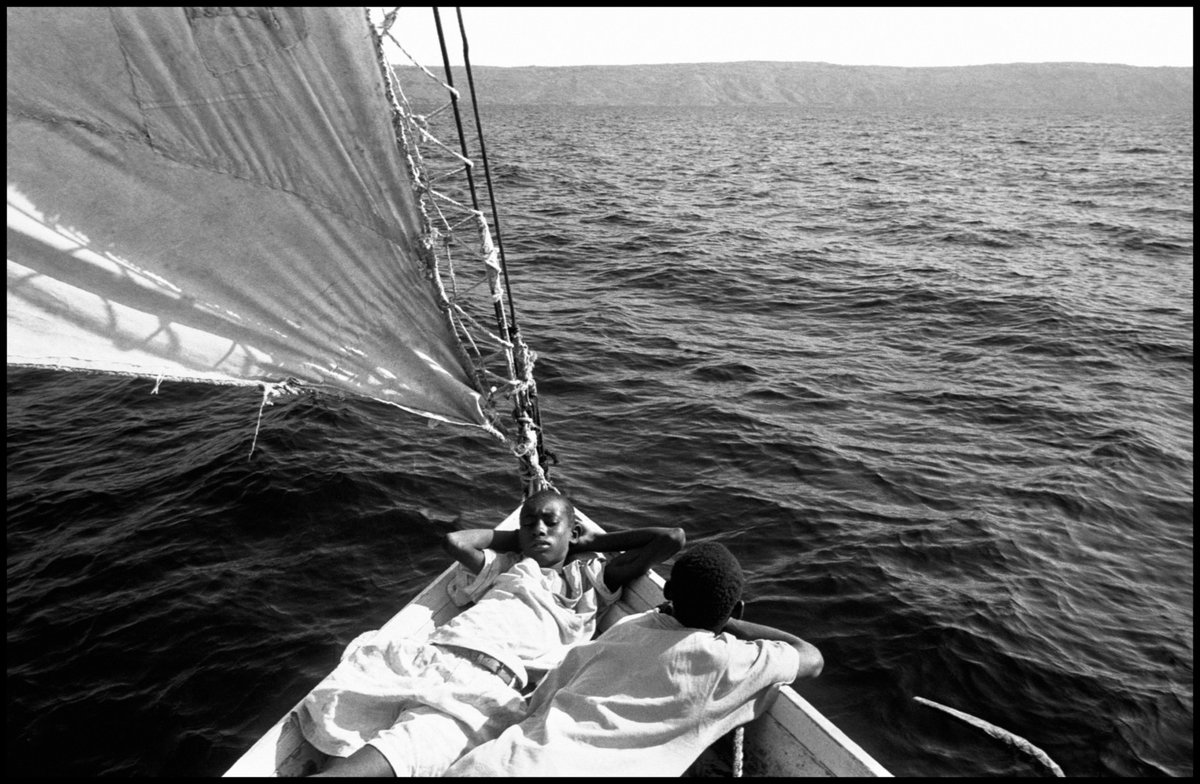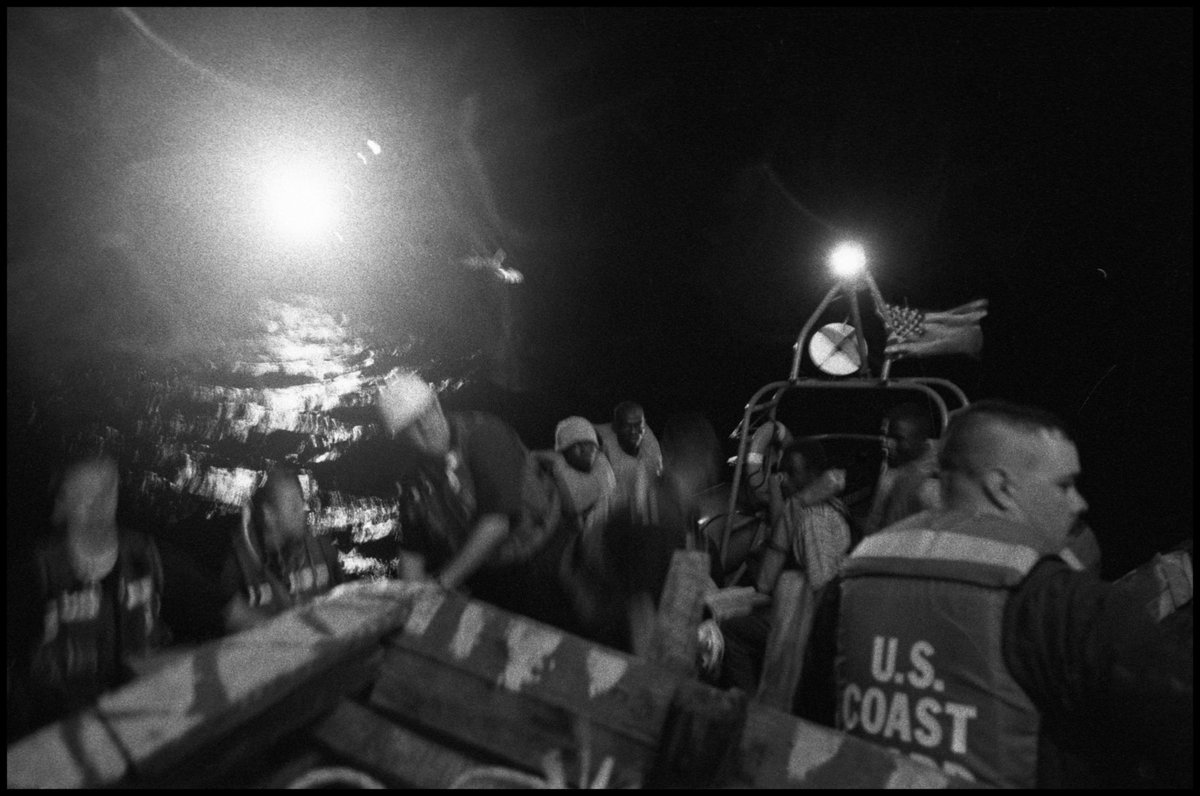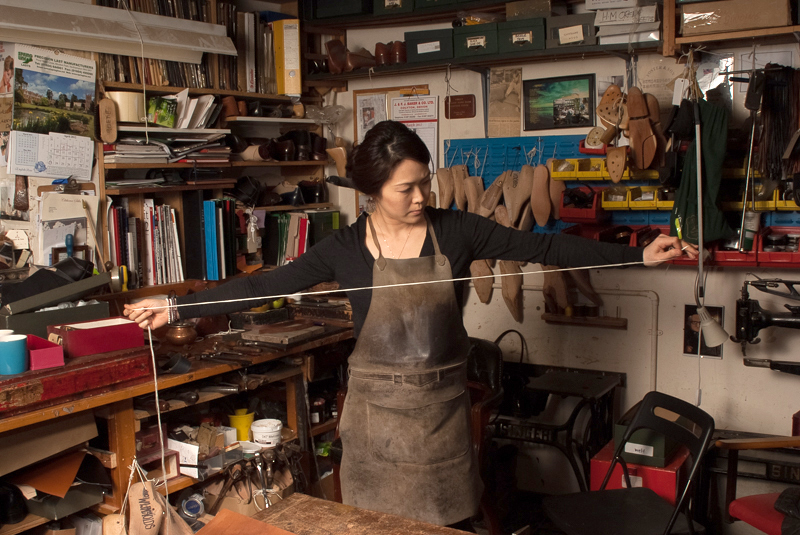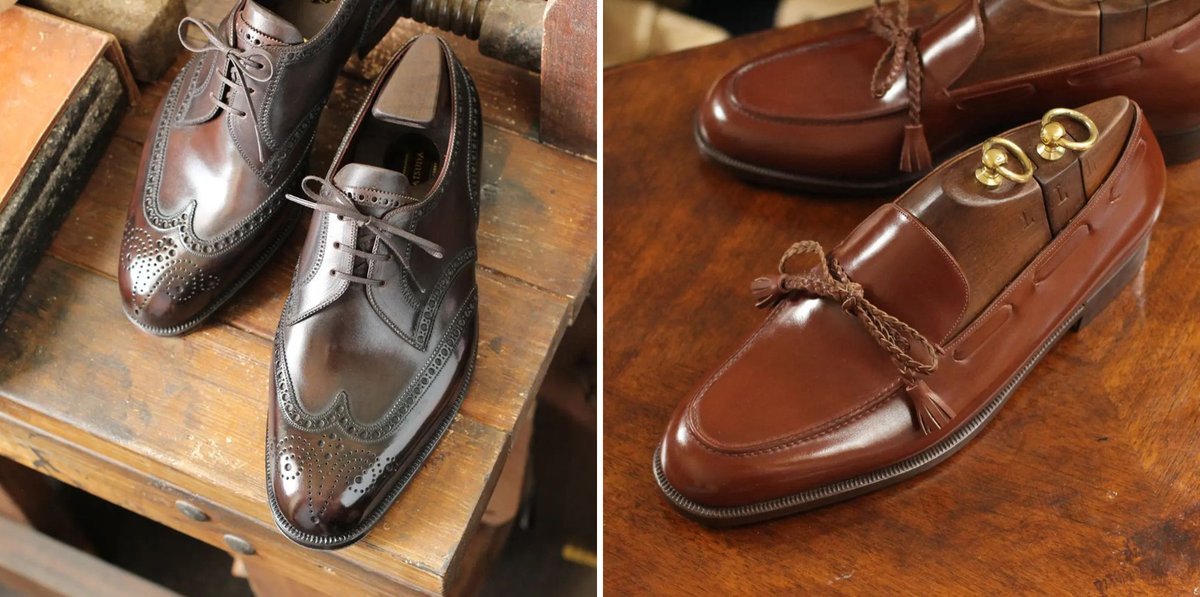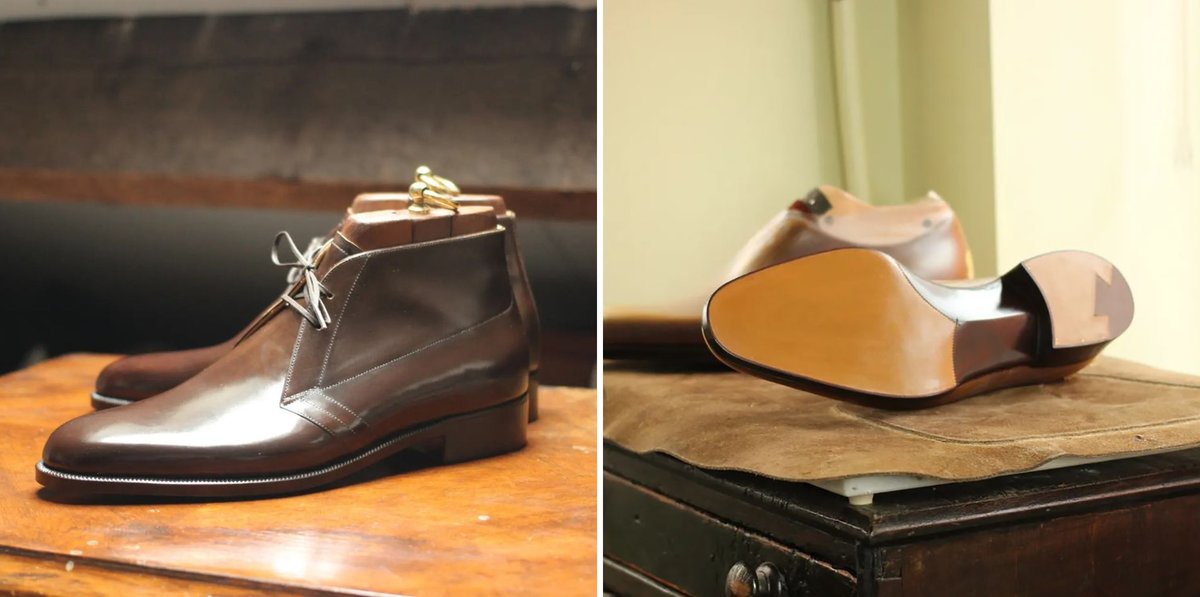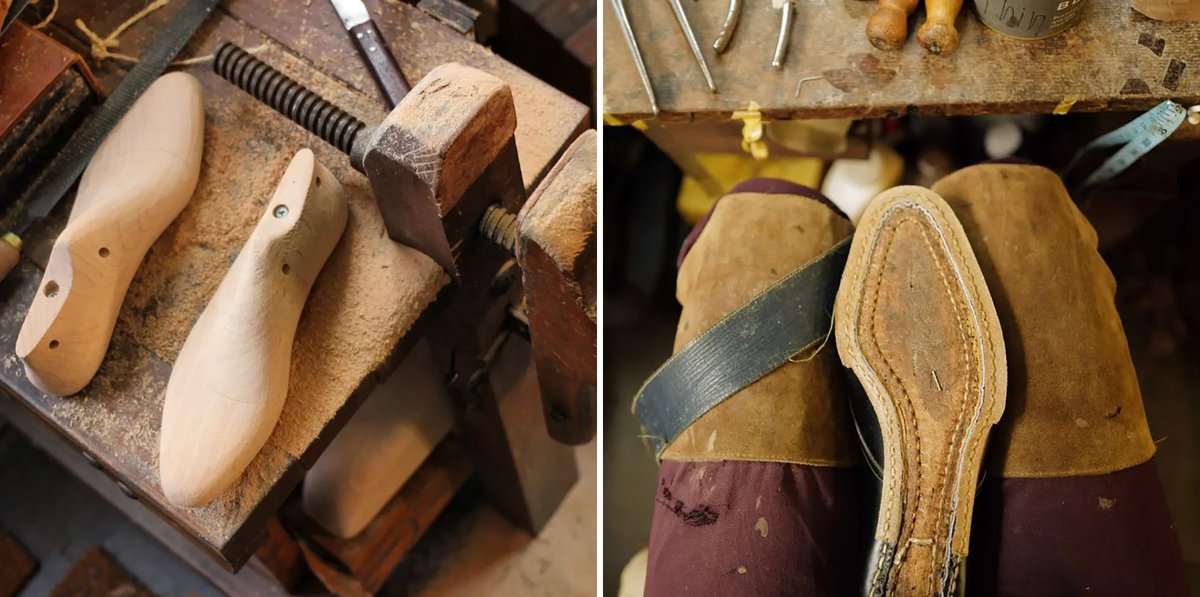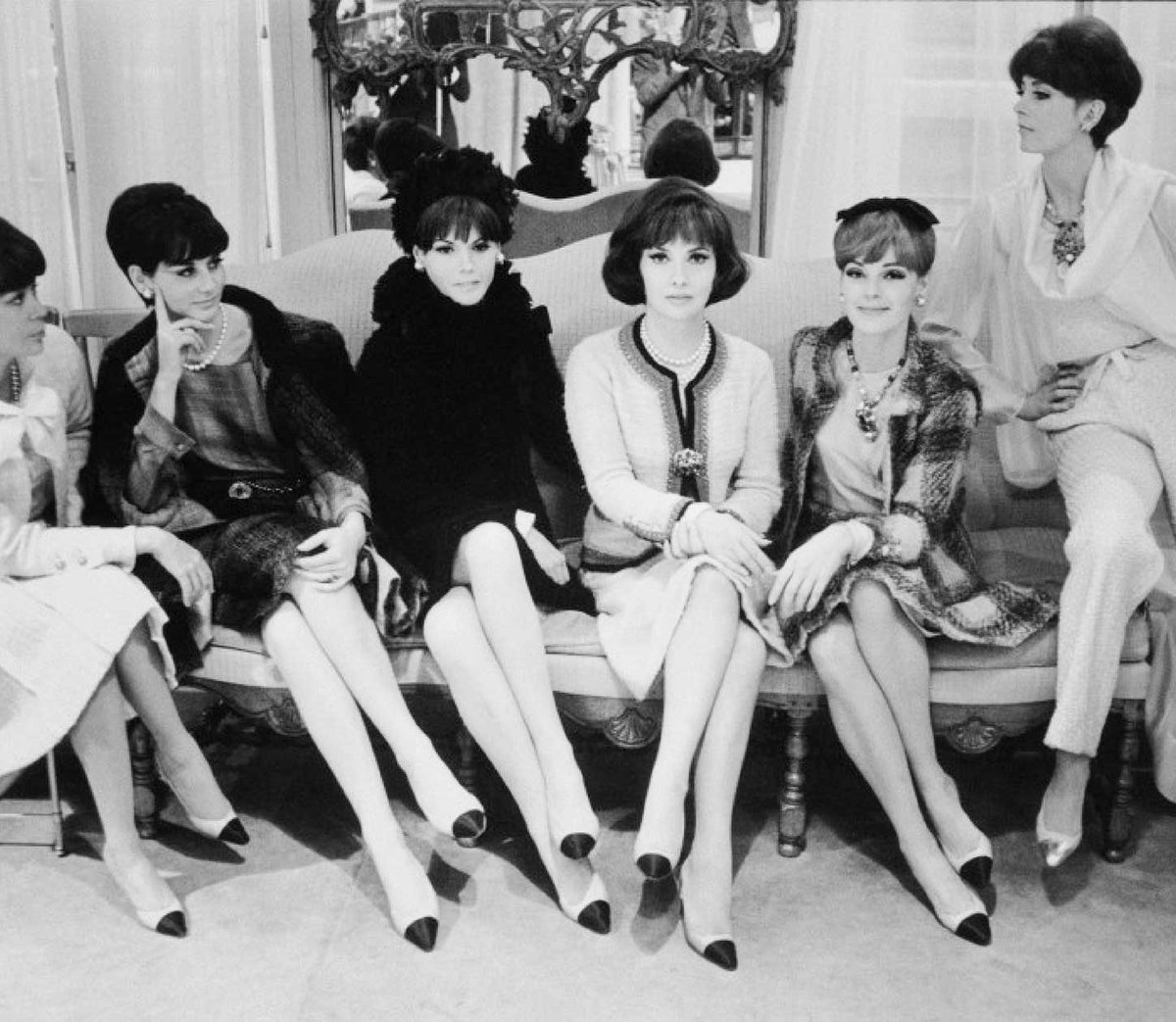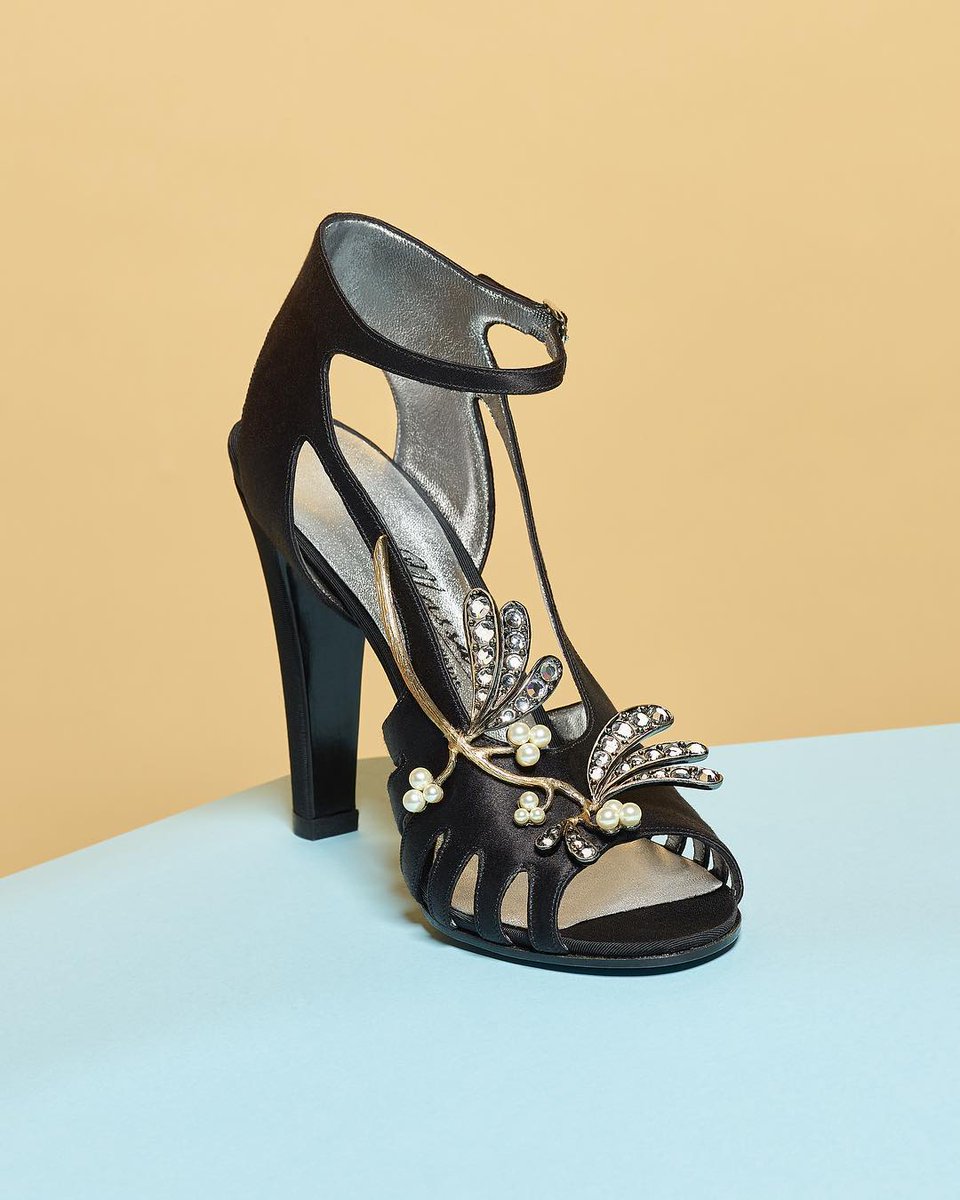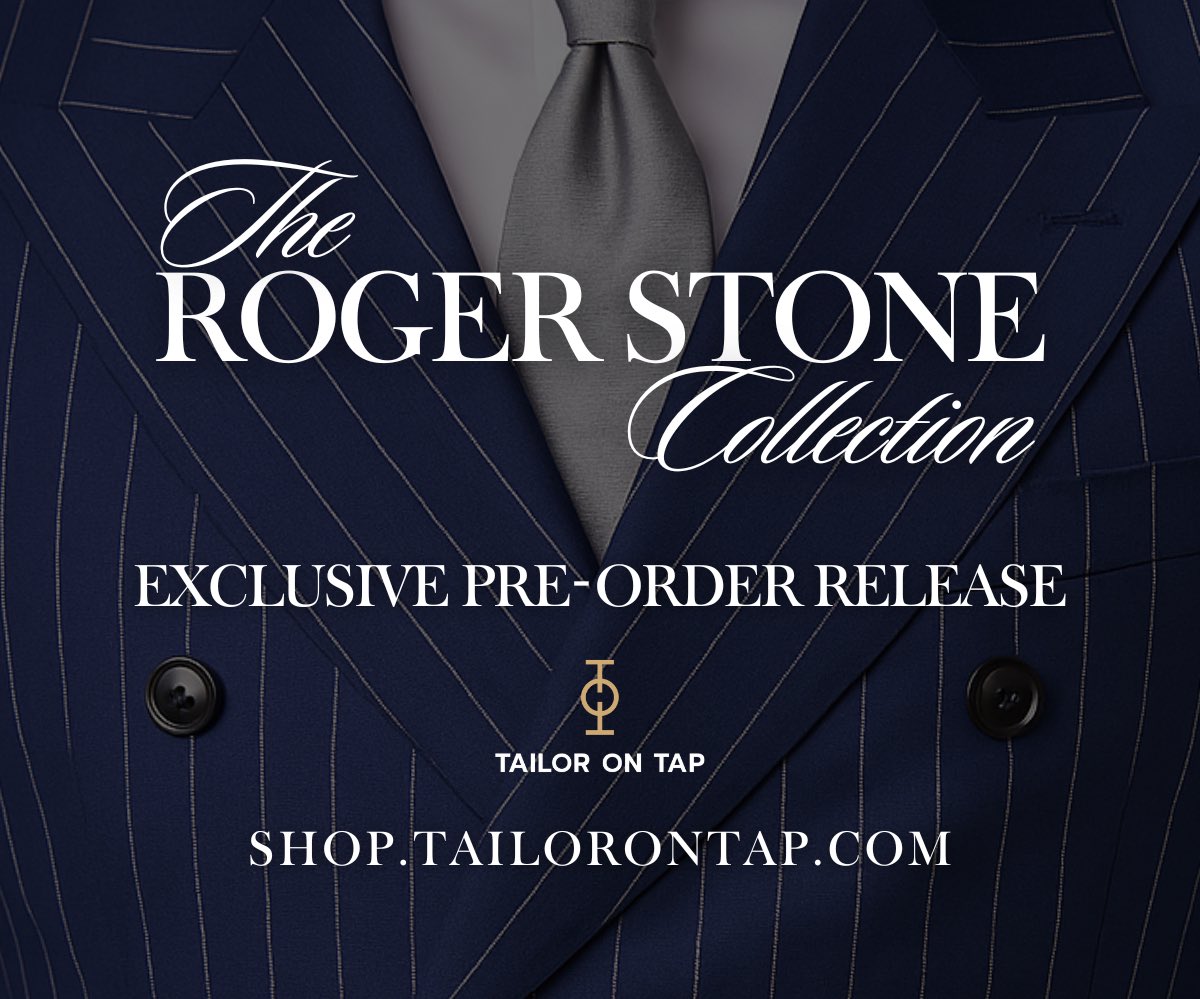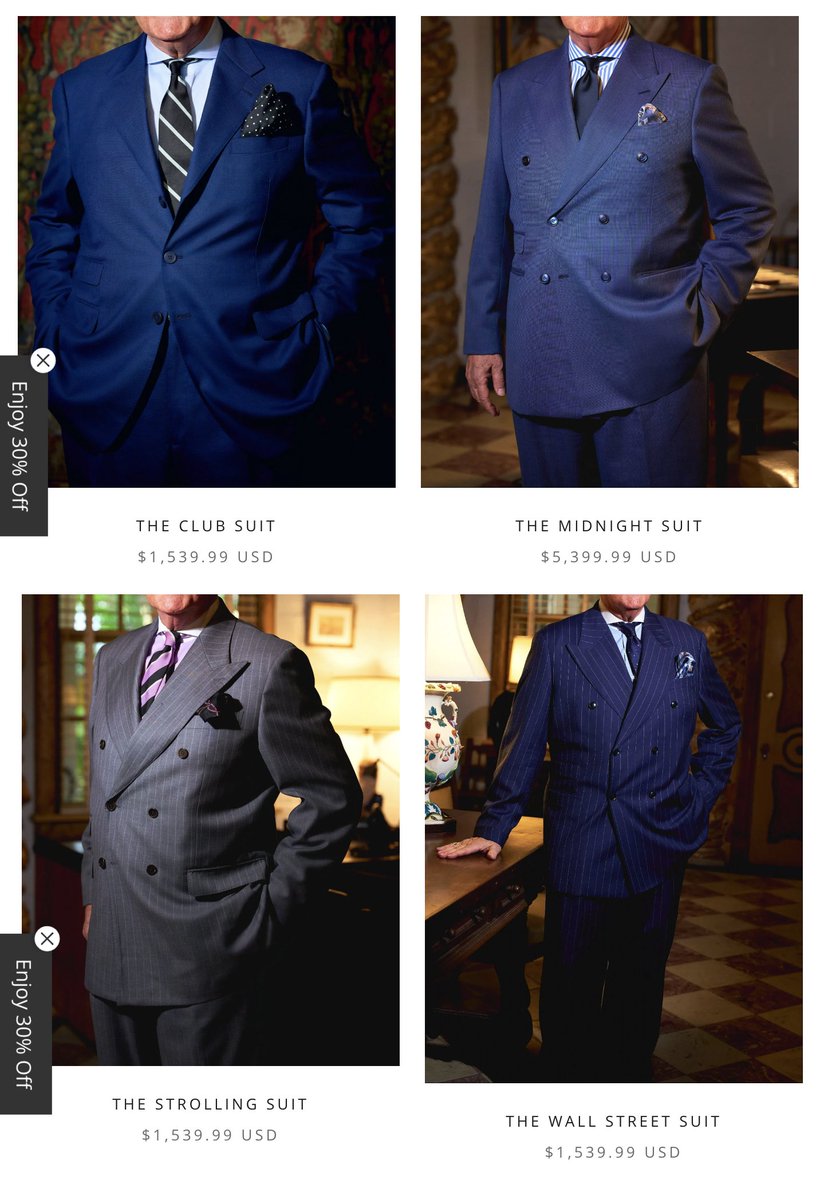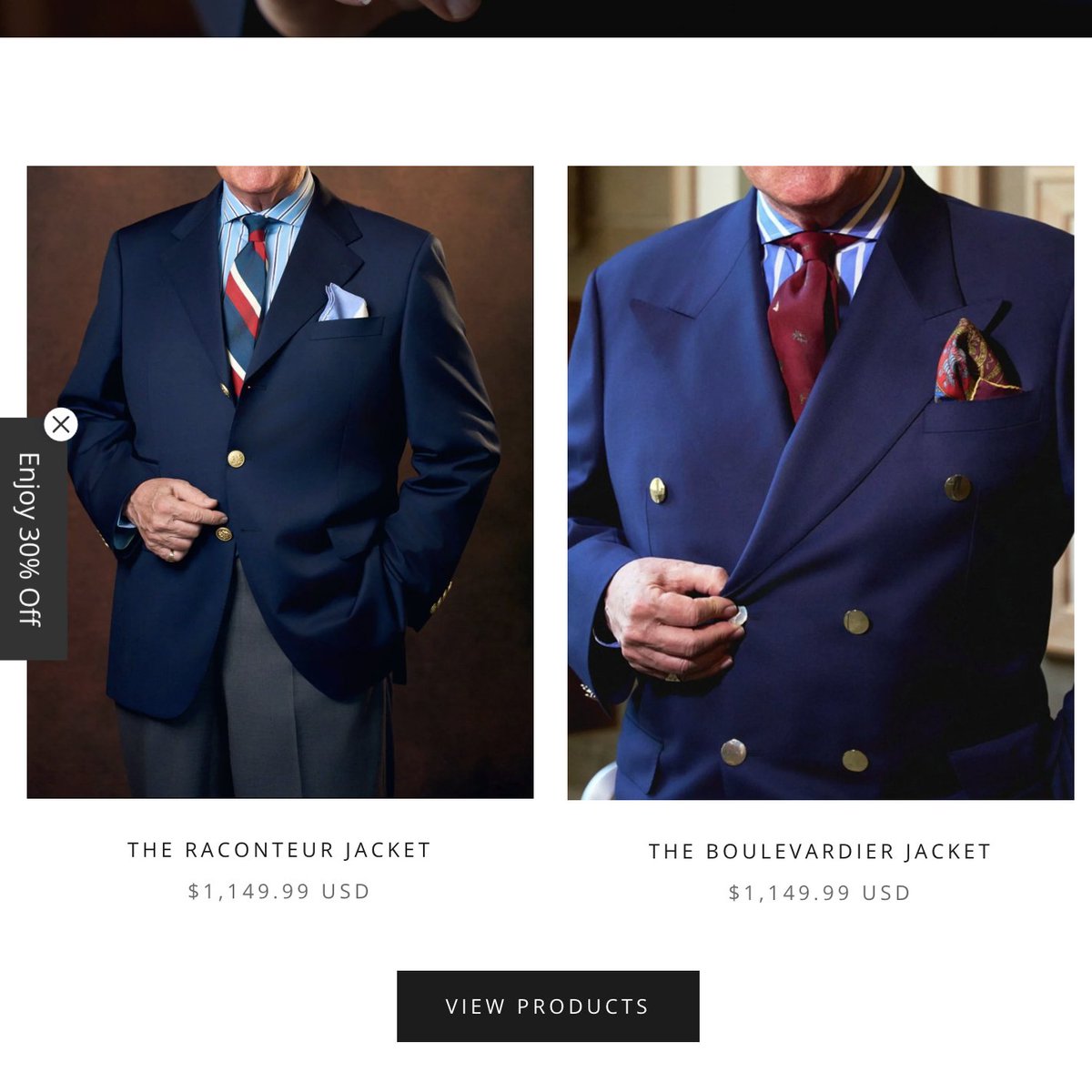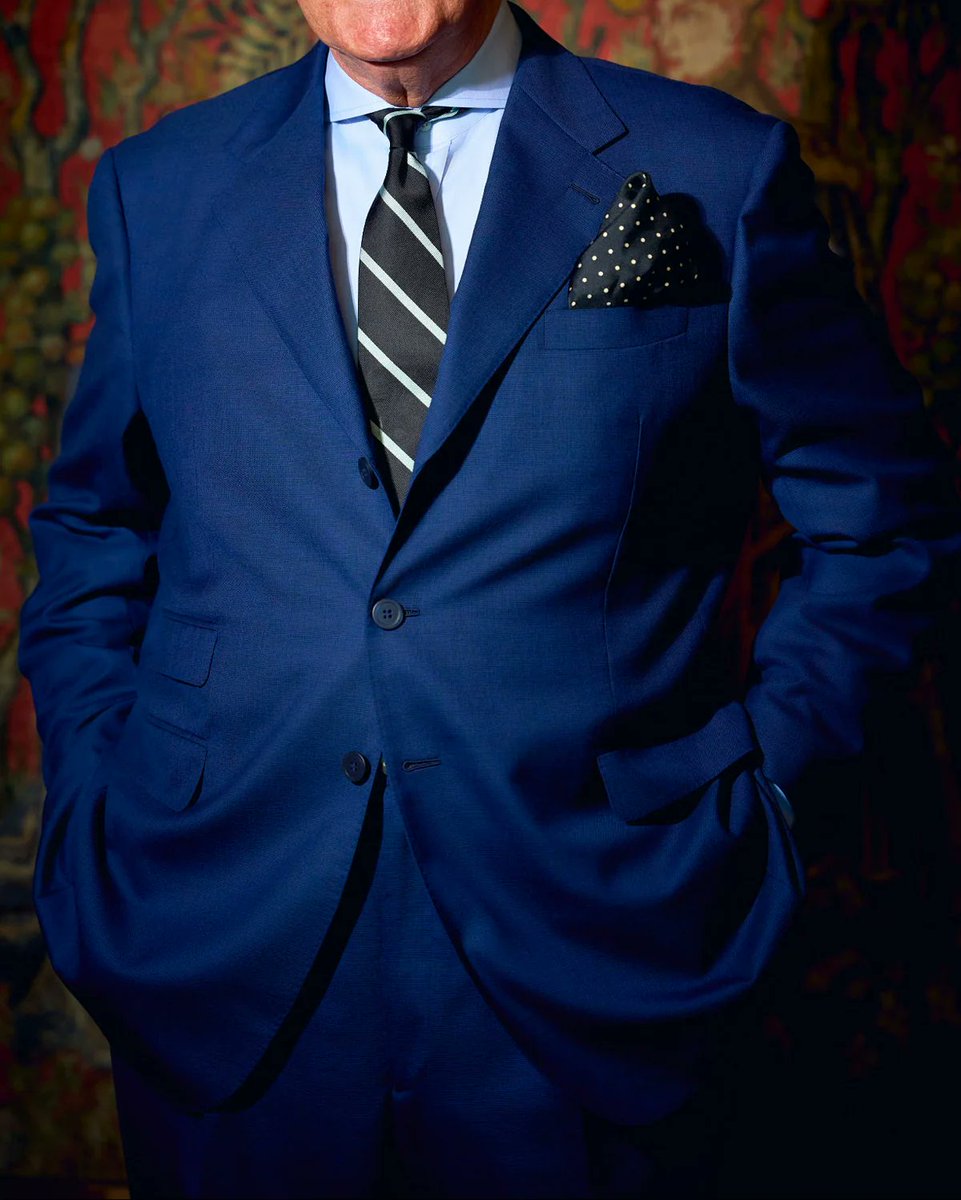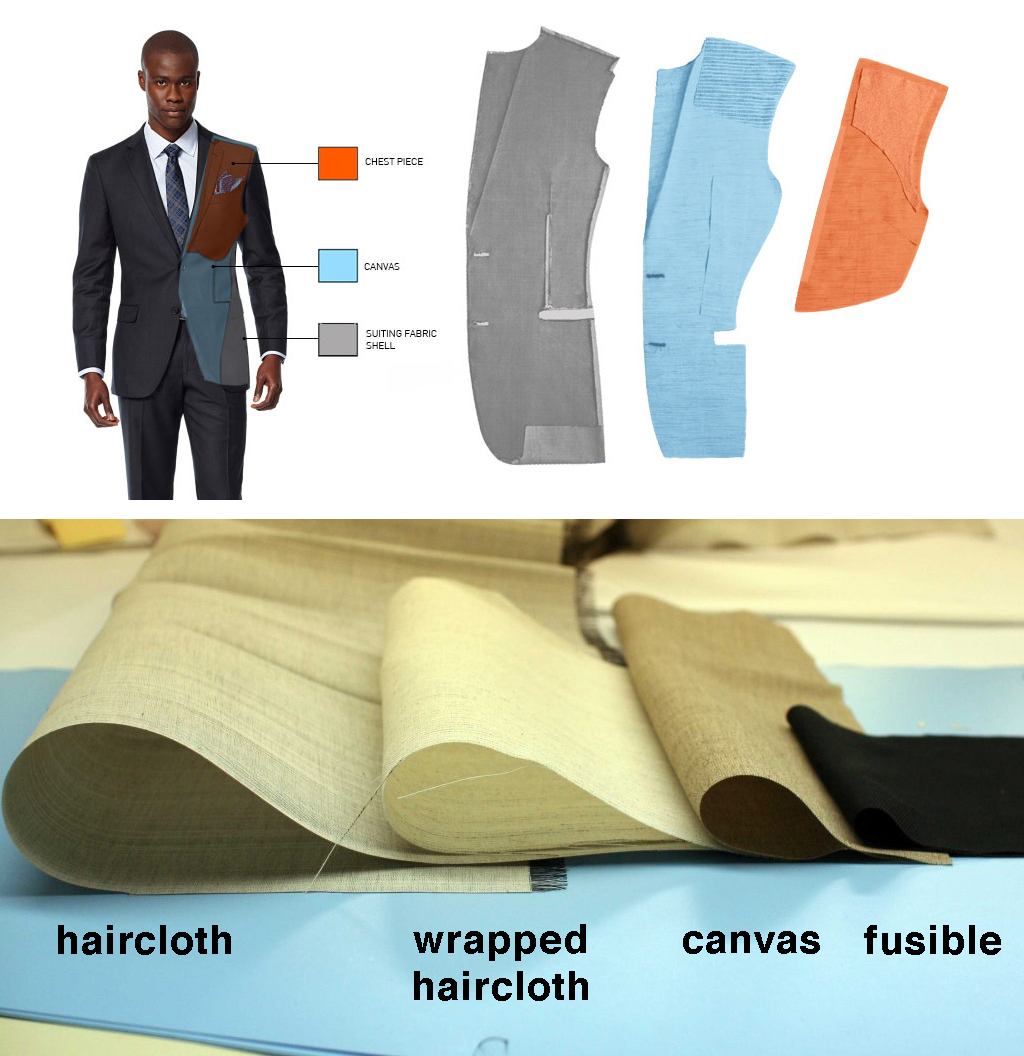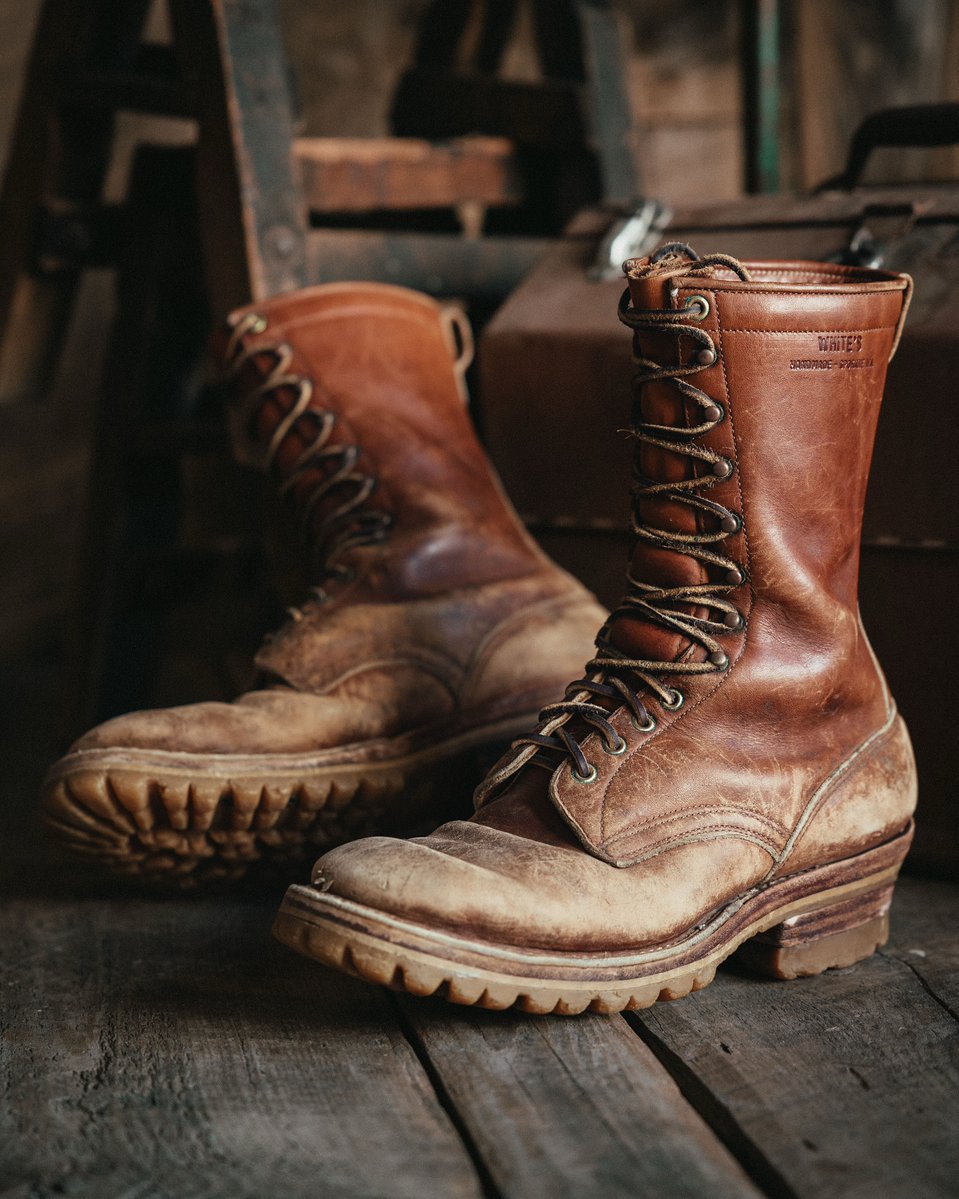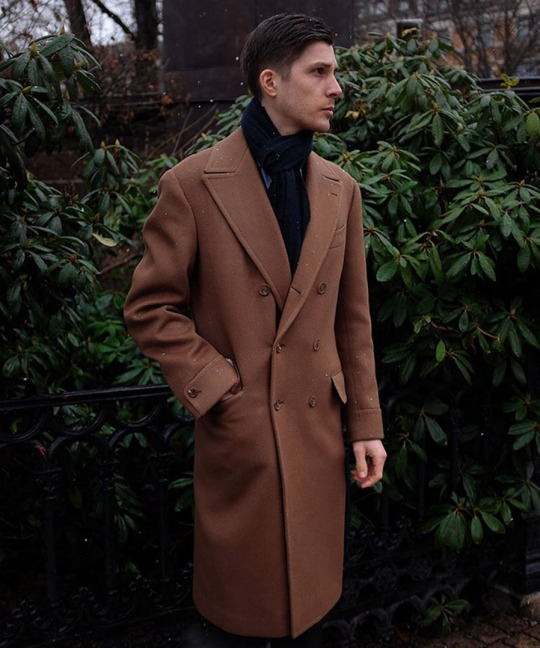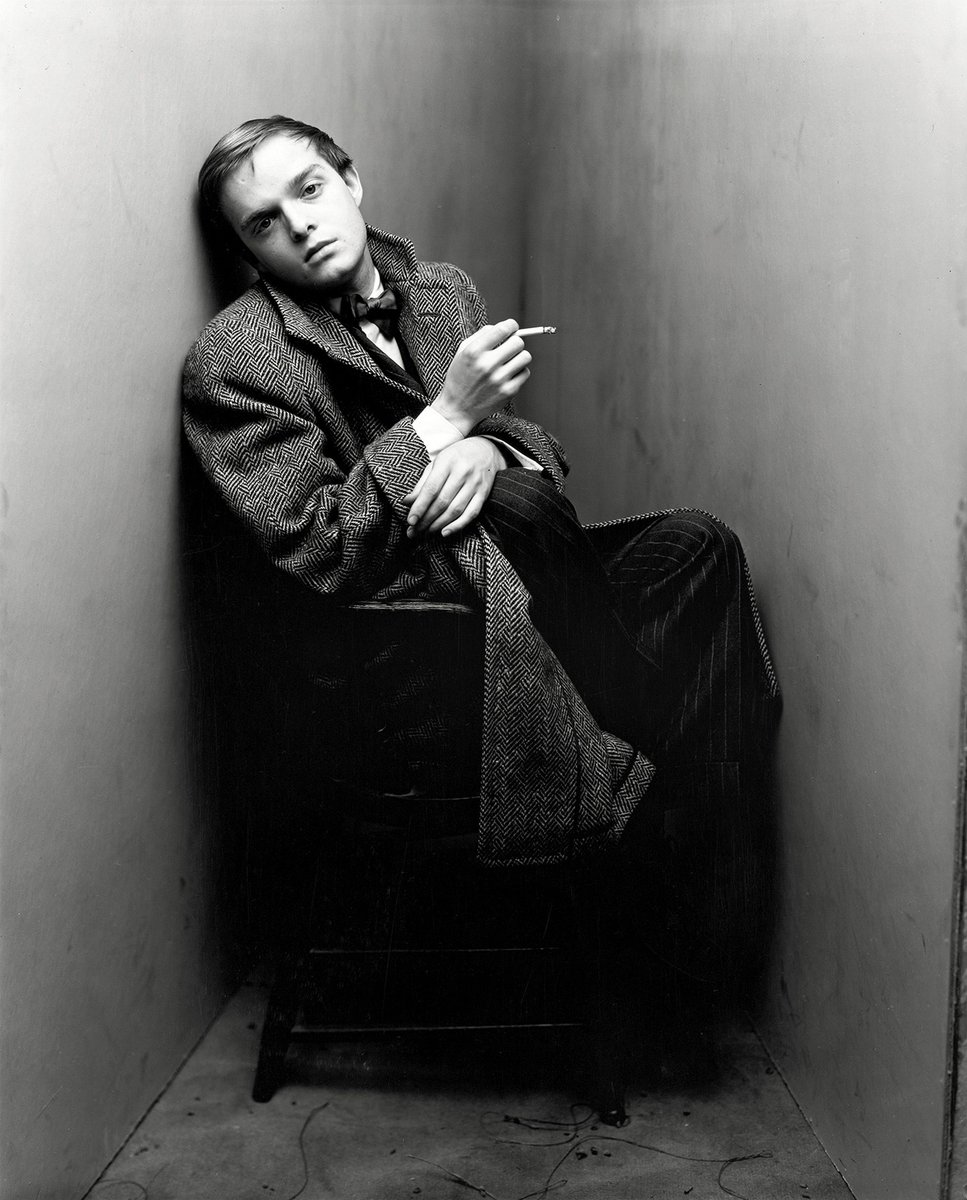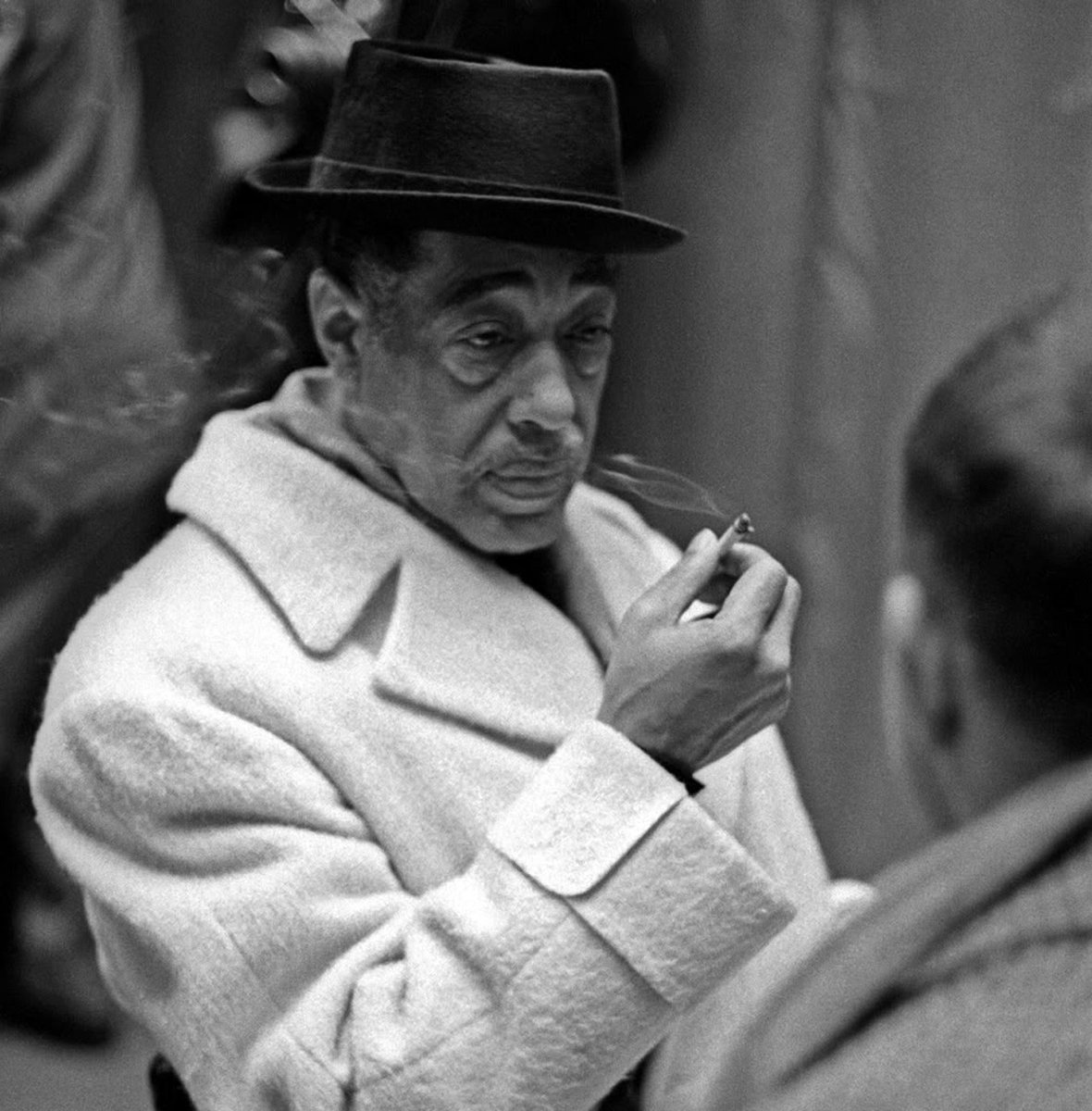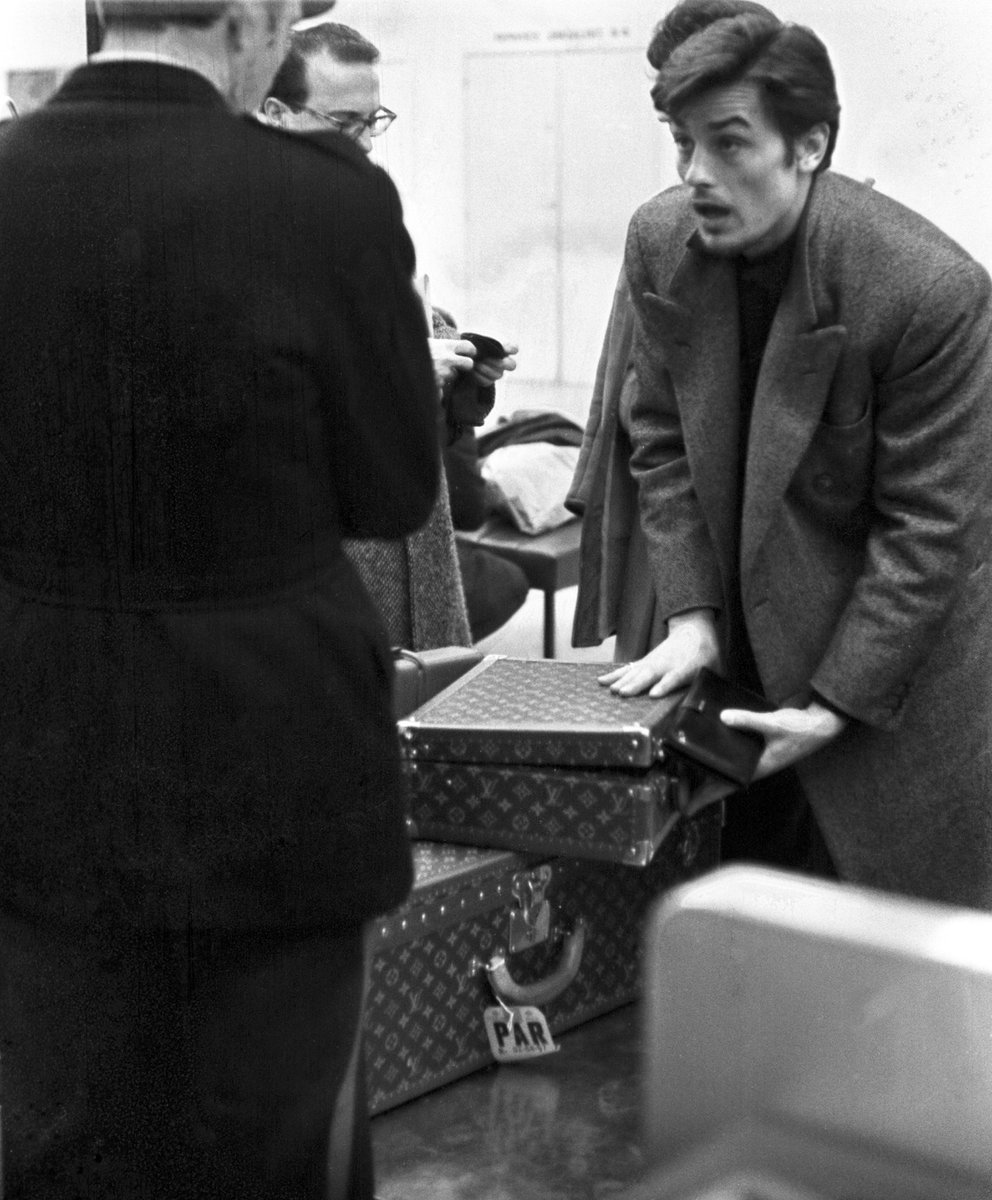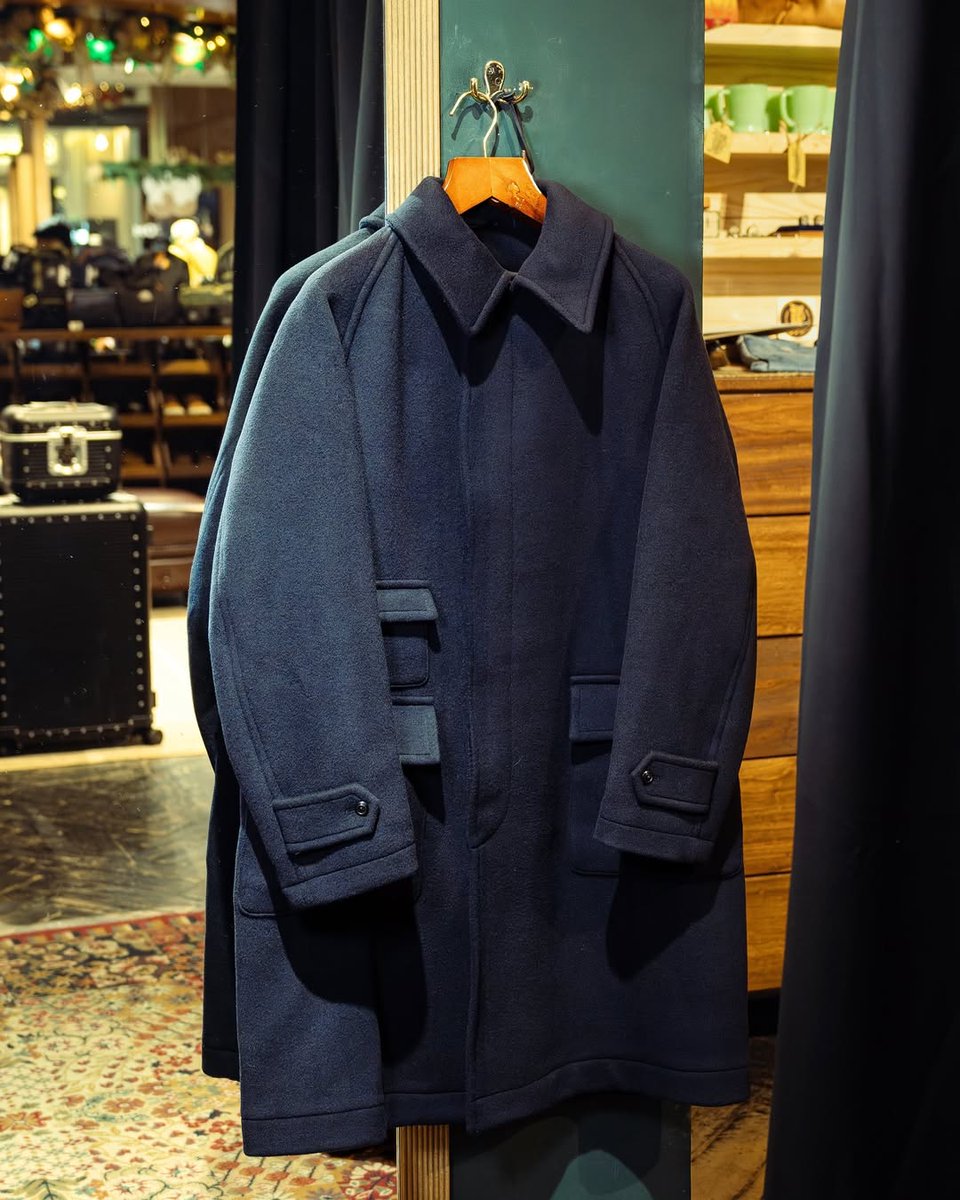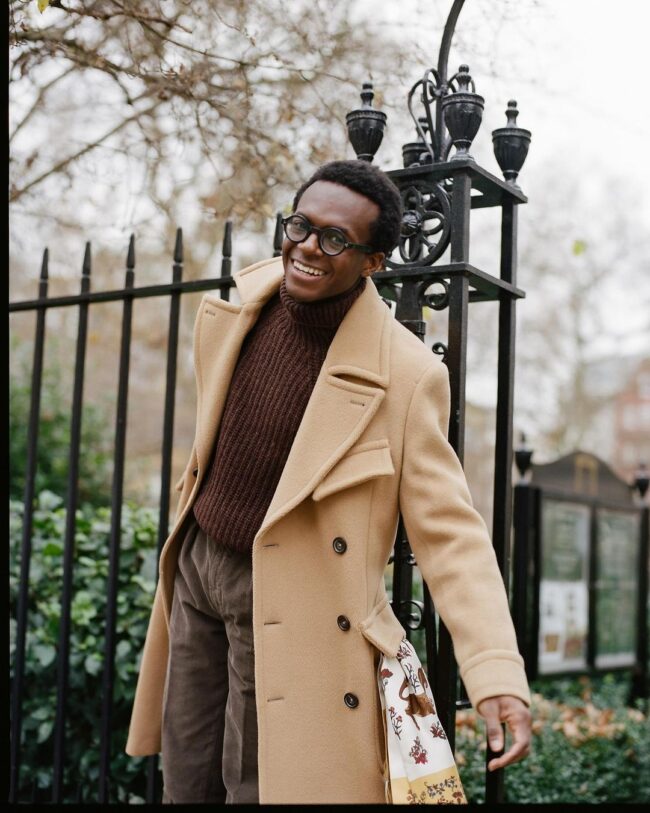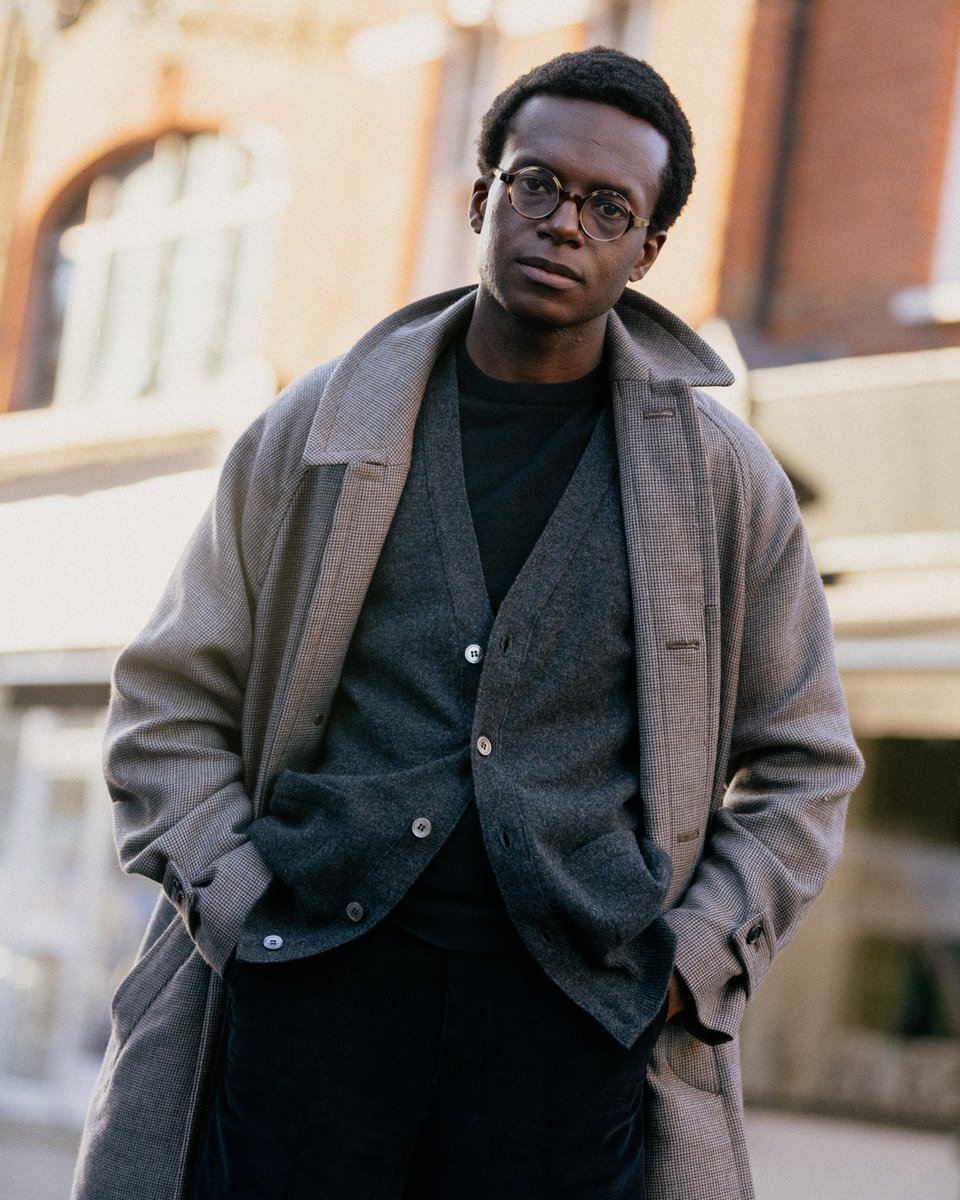WHERE TO BUY A DRESS SHIRT
I keep getting questions about where to buy a dress shirt. This is not a very interesting topic, but typing out a thread will save me from having to repeat this each time. It will also be a fuller answer. Here's where to buy a dress shirt:
I keep getting questions about where to buy a dress shirt. This is not a very interesting topic, but typing out a thread will save me from having to repeat this each time. It will also be a fuller answer. Here's where to buy a dress shirt:
First, there's no way to answer "what is the best shirt." The best shirt is the one that fits you best. Shirt fabric is lightweight, which means it will naturally wrinkle when you move. So be realistic. But aim for a fit like this: 

When you see lines around your shirt, there's something likely wrong with the fit. It may be too big or tight. Or the shirt's shoulder slope doesn't match your shoulder slope. Or maybe it doesn't fit your posture. Hard to answer without seeing a tailor. Avoid stuff like this: 



Second, wear a collar long enough to reach your lapels (pics 1 and 2). If it's a button-down collar, aim a full roll (pic 3). Tiny collars only go with short, skinny suits. That look has always been ugly (sorry), but now it's not even fashionable 





Lastly, make sure you show about a centimeter of shirt fabric above the back of your jacket's collar and past the sleeves. But don't hem the shirt sleeves just-so. They need to be a little longer when unbuttoned, so the cuff stays stationary when you move your arms (leave slack) 



So where to buy a dress shirt. I'll start with my fav style: oxford cloth button-downs
Brooks Brothers, O'Connell's, J Press, Andover Shop, Mercer, Kamakura, G. Inglese at No Man Walks Alone, The Armoury, Proper Cloth, Drake's, Junior's in Philly, Spier & Mackay, Ratio Clothing
Brooks Brothers, O'Connell's, J Press, Andover Shop, Mercer, Kamakura, G. Inglese at No Man Walks Alone, The Armoury, Proper Cloth, Drake's, Junior's in Philly, Spier & Mackay, Ratio Clothing

Brooks Brothers
Let's now run through select sources. Brooks Brothers has a wide range of fits, and there's a store in almost every city. Price to quality ratio is good, although I'm not a fan of the stretch and non-irons. This is the easy choice because it's prob near you.
Let's now run through select sources. Brooks Brothers has a wide range of fits, and there's a store in almost every city. Price to quality ratio is good, although I'm not a fan of the stretch and non-irons. This is the easy choice because it's prob near you.

Ledbury
Solid professional attire and a step up from Brooks in terms of shirt fabrics. They lower the second button on their shirts, so it looks better when worn w/o a tie. Brooks has also been moving to alpha sizing while Ledbury is all collar + sleeve length (better for fit)
Solid professional attire and a step up from Brooks in terms of shirt fabrics. They lower the second button on their shirts, so it looks better when worn w/o a tie. Brooks has also been moving to alpha sizing while Ledbury is all collar + sleeve length (better for fit)

Spier & Mackay
A Canadian company that's popular with budget-conscious shoppers. They hit all the right points: numeric sizing, shell buttons, and nice fabrics. Prices start at $55. Free returns on the first order, so order a couple of sizes to try.
A Canadian company that's popular with budget-conscious shoppers. They hit all the right points: numeric sizing, shell buttons, and nice fabrics. Prices start at $55. Free returns on the first order, so order a couple of sizes to try.

Proper Cloth
This is the one I recommend most often. If you can't find what you want on the ready-to-wear market, try Proper Cloth. They're an online made-to-measure shirtmaker who will produce a shirt based on the measurements of your body or your best-fitting shirt.
This is the one I recommend most often. If you can't find what you want on the ready-to-wear market, try Proper Cloth. They're an online made-to-measure shirtmaker who will produce a shirt based on the measurements of your body or your best-fitting shirt.

Proper Cloth will adjust for chest and neck posture, top button placement, wristwatch, etc. They also have fabrics for office (e.g. broadcloth) and weekend (e.g. flannels, washed denim, linen). Free remake on first order so you can home-in on fit. Order fabric swatches first. 

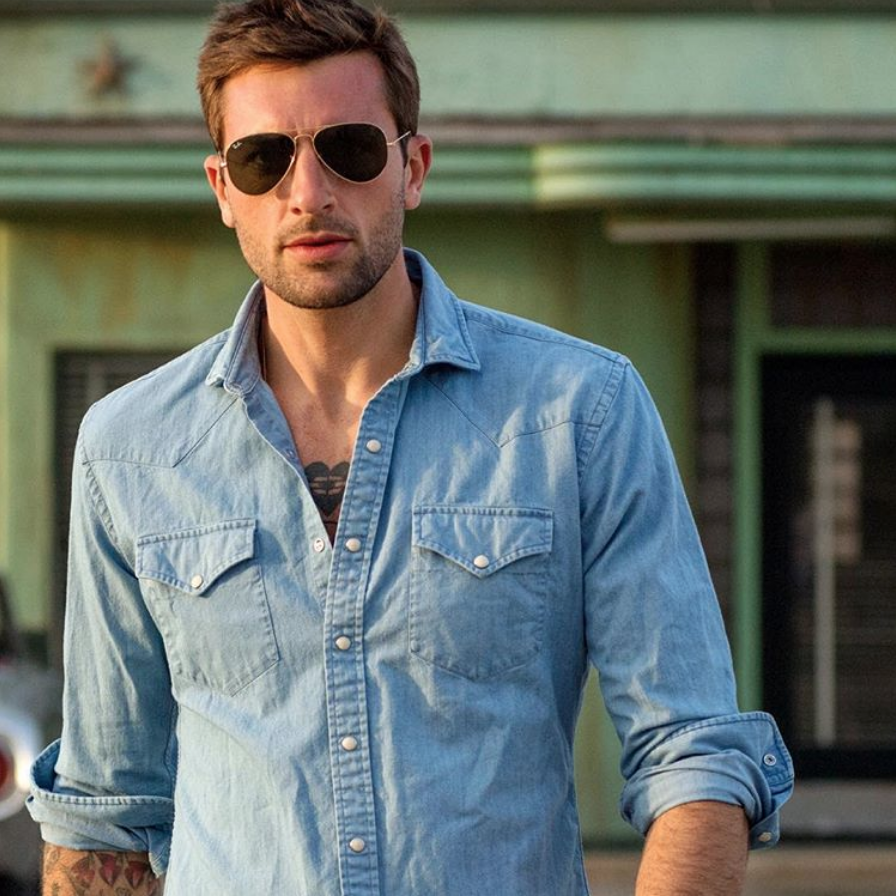
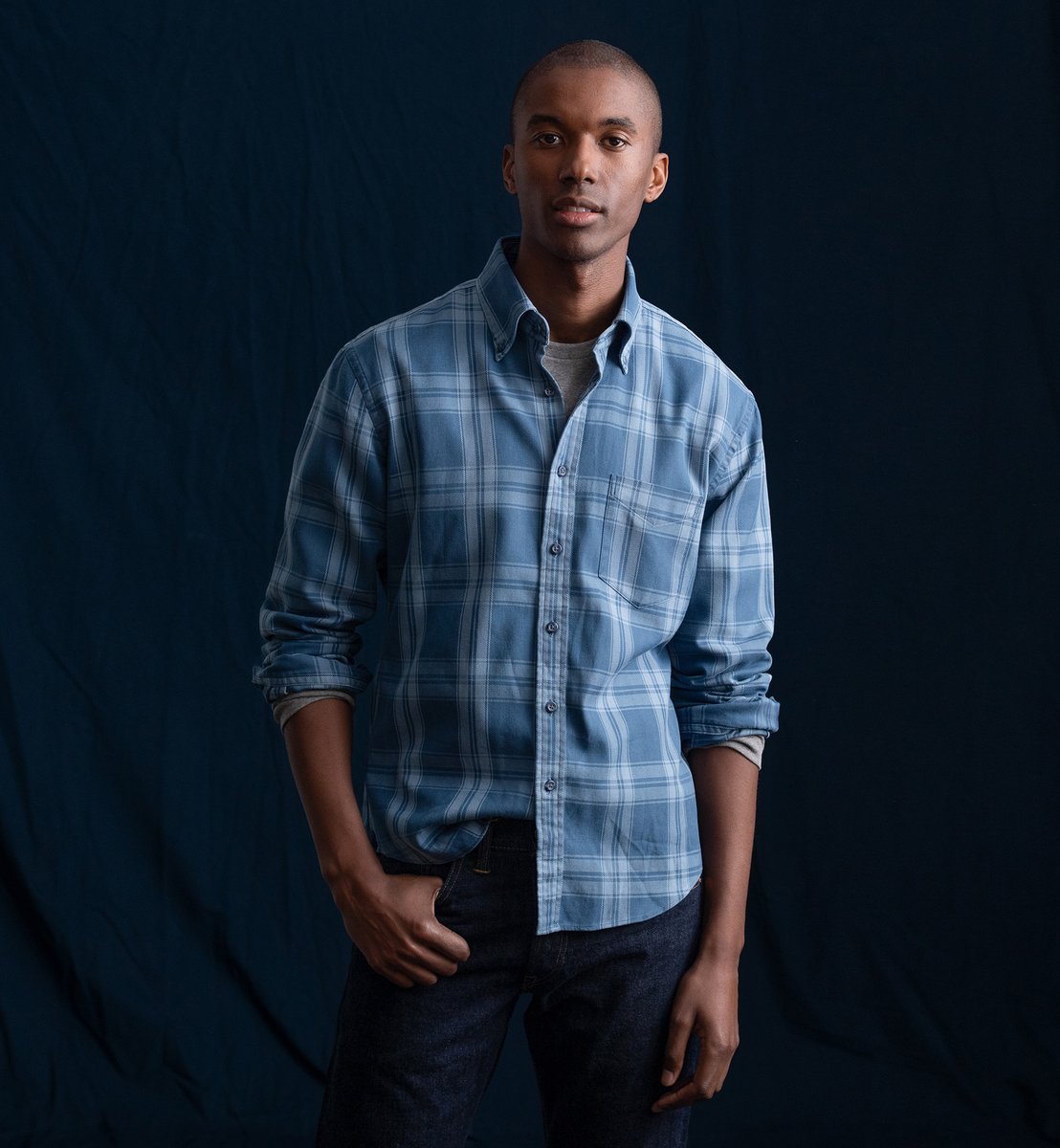
G. Inglese at No Man Walks Alone
I've tried to get various bespoke shirtmakers to copy Italian shirts and have had no success. For some reason, certain Italian makers are just very good at designing attractive collars. They look esp good with sport coat/suits.

I've tried to get various bespoke shirtmakers to copy Italian shirts and have had no success. For some reason, certain Italian makers are just very good at designing attractive collars. They look esp good with sport coat/suits.


G. Inglese also includes a lot of gratuitous handwork, such as the rows of pick stitching (the nubby white dots you see below, which can only be done by hand). There are also shirred sleeveheads and bar tacks. All great if you appreciate hand craftsmanship. 







100 Hands
They have a few lines, but their top-end Gold Line is the best I've seen anywhere in terms of craft. Handsewn side seams, sleeve packets, and buttonholes. The hem is hand-rolled and -sewn, like the edge of a Hermes scarf. Honestly remarkable work.



They have a few lines, but their top-end Gold Line is the best I've seen anywhere in terms of craft. Handsewn side seams, sleeve packets, and buttonholes. The hem is hand-rolled and -sewn, like the edge of a Hermes scarf. Honestly remarkable work.




You can order 100 Hand's ready-to-wear shirts online. But if you can make it to The Armoury in NYC or Tailor's Keep in San Francisco, you can also order one of their made-to-measure shirts. Mark from The Armoury breaks down 100 Hands here:
Bespoke
If you live in or near a major city, you may have access to bespoke, either locally or through traveling tailors. There are advantages to going bespoke: someone will handle how a shirt should fit. Once you have your pattern down, ordering new shirts is easy.
If you live in or near a major city, you may have access to bespoke, either locally or through traveling tailors. There are advantages to going bespoke: someone will handle how a shirt should fit. Once you have your pattern down, ordering new shirts is easy.

Going bespoke means you no longer have to rely on designers to come up with the exact fit, fabric, and style choices you need. Gained ten pounds? No prob; just see the tailor to adjust your pattern. Need specific fabric? Just email your order.
Some sources: Anto in Los Angeles, CEGO in NYC, Divij Bespoke, Budd, Dege & Skinner, Sean O’Flynn, Simone Abbarchi, and Luca Avitabile. I've been using Ascot Chang for 10 yrs and really like their work (try to get an appointment with Nelson Chin during US traveling trunk shows)
This is what I get for not paying $8 for Twitter Blue, so I can edit. Oh well.
Below tweet should be:
Pics 1 and 2: good collars that reach lapels
Pic 3: Good button-down collar with full roll
Pic 4: Ugly skimpy collar you should avoid




Below tweet should be:
Pics 1 and 2: good collars that reach lapels
Pic 3: Good button-down collar with full roll
Pic 4: Ugly skimpy collar you should avoid
https://twitter.com/dieworkwear/status/1630357687514042371




Sorry, one more addendum. I linked the wrong video in the tweet below. It should be this. There's no practical function to this handwork; it's just a beautiful craft element.
https://twitter.com/dieworkwear/status/1630357730132398081
• • •
Missing some Tweet in this thread? You can try to
force a refresh






